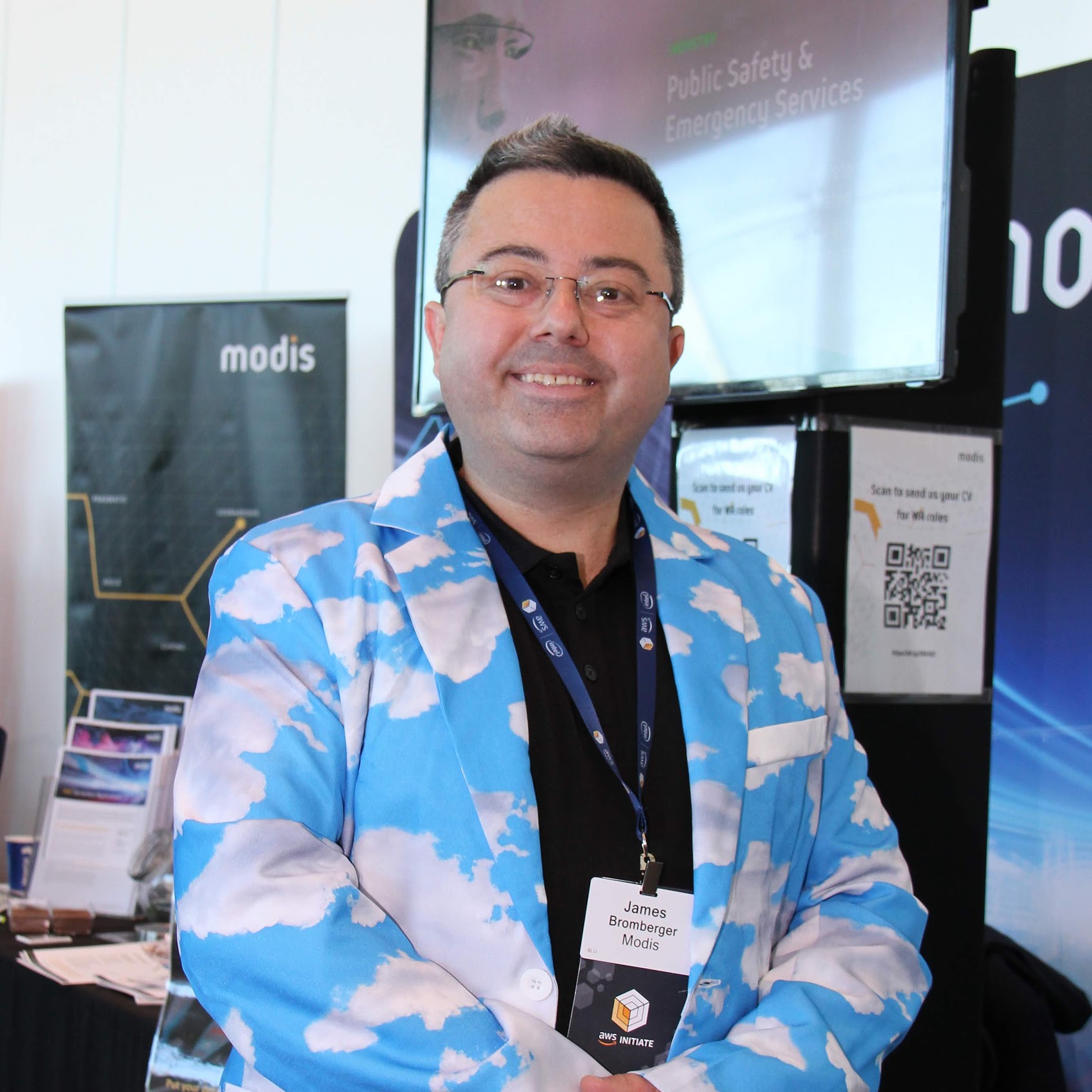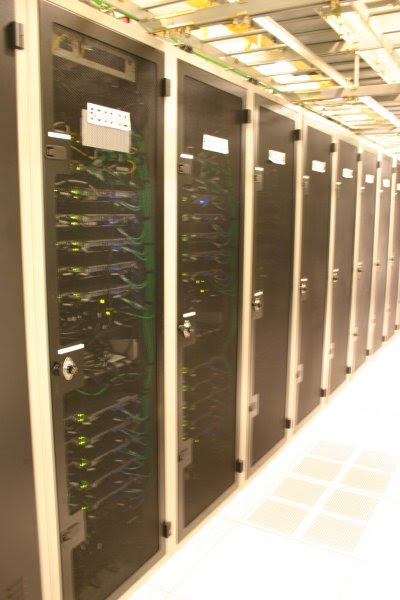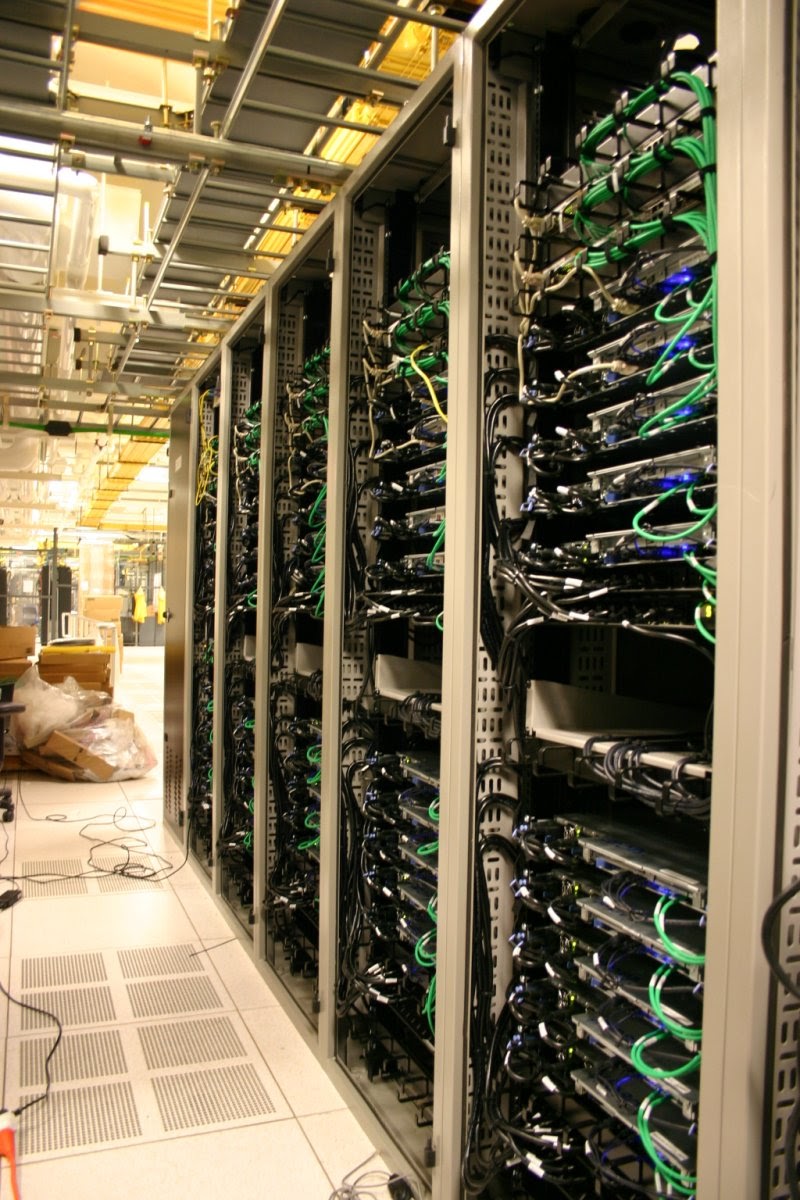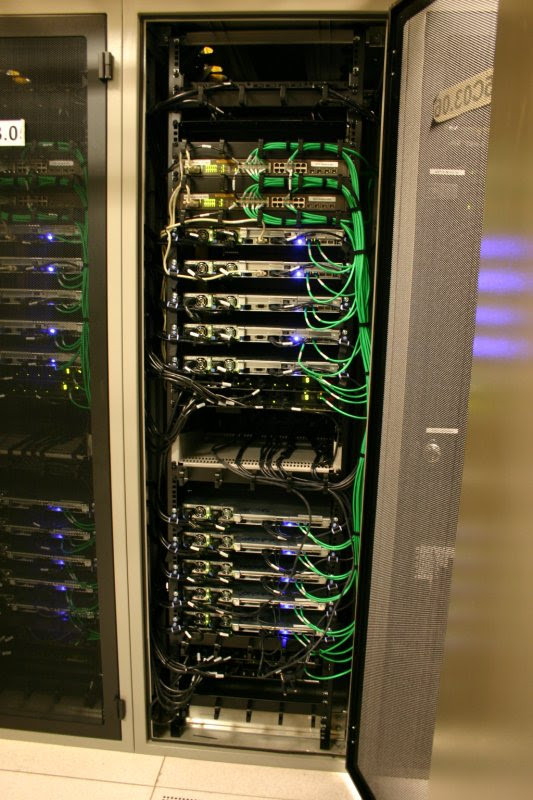Today, Monday 25th of November 2019, is the dawn of a new AWS Certification, the “Certified Database — Specialty“, taking the current active AWS certifications to 12:
- Cloud Practitioner — Foundational
- Solution Architect — Associate
- SysOps — Associate
- Developer — Associate
- Solution Architect — Professional
- DevOps Engineer — Professional
- Networking — Specialty
- Security — Specialty
- Big Data — Specialty
- Alexa Skills Builder — Specialty
- Machine Learning — Specialty
- Database — Specialty
I saw my first AWS Certification, the Solution Architect Associate, back in January of 2013 with the initial cohort of AWS staff while in Seattle, and thus am the equal longest AWS-certified person in the world; to which I have continued doing many of these certifications.
I’ve been using databases – primarily open source databases such as MySQL and Postgres, since the mid 1990s. I was certified by MySQL AB back in 2005 in London. Indeed, in 2004 I wrote (and open sourced) an exhaustive MySQL replication check for Nagios, so I have some in-depth knowledge here.
So today, on this first day of the new certification, I went and sat it. Since this is a new beta, there are no immediate pass/fail scores made available — that will be some time in 2020, when enough people have sat this, and grading can be done to determine a fair passing score (as well as review the questions.
Services Covered
As always, three’s an NDA so I can’t go into detail about questions, but I can confirm some of the services covered:
- RDS — of course — with Postgres, MySQL, Oracle and SQL Server
- DynamoDB – regional and global tables
- Aurora – both Postgres and MySQL interfaces
- Elasticache Redis
- DocumentDB
- DMS
- Glue
Sadly for Corey Quinn, no Route53 as a database-storage-engine, but DNS as a topic did come up. As did a fair amount of security, of course.
What was interesting was a constant focus on high availability, automated recovery, and minimal downtime when doing certain operations. This plays squarely into the Well-Architected Framework.
Who is this Certification for?
In my opinion, this certification is playing straight into the hands of the existing Database Administrator, who has perhaps long felt threatened by the automation that has replaced much of the undifferentiated heavy lifting of basic database operation (patching, replication and snapshots) with Managed RDS instances.
This gives the humble DBA of yore a pathway to regain legitimacy; for those that don’t will be left behind. It will probably spur many DBAs to undertake architectures and approaches they may have often felt were too hard, or too complicated, when indeed these are quite easy with managed services.
Conclusion
A good outing for a new certification, but the odd typo (the likes of which I produce) were seen (eg: cloud where it should have been could, if you can believe me).
For anyone with a Pro SA and Pro Dev Ops certification, this one shouldn’t be a stretch too hard. Of course, come March I may eat my words.
I know how much work goes into creating these question pools, reviewing the blueprints, questions, and the work yet to be done – grading and then confirming and rejecting. Well done Cert team on another one hitting customers hands!







